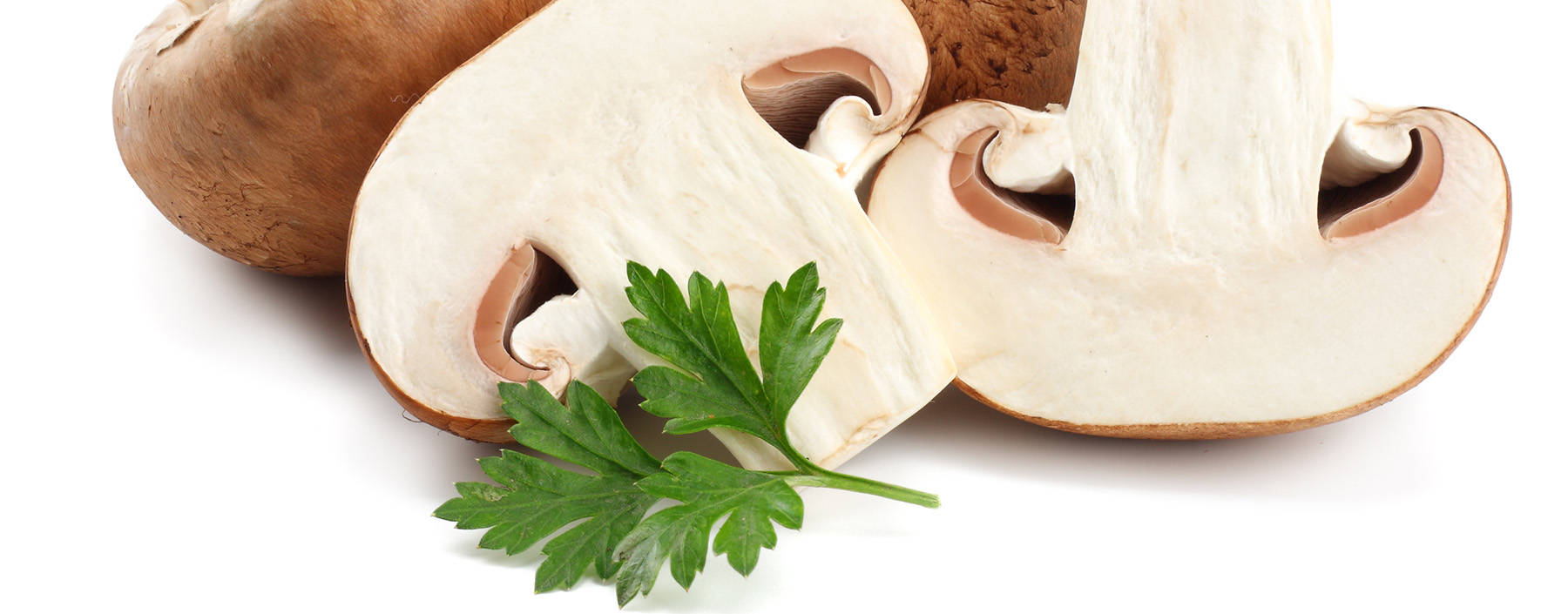Based on advanced RNA-sequencing (RNA-Seq) technology and bioinformatics infrastructure, Lifeasible offers mushroom differential transcriptomics services in different tissues to help you analyze the dominance of mononuclear and binuclear mycelium during growth and development.
Introduction to Mushroom Transcriptomics in Different Tissues
Mushroom mycelium can be divided into mononucleate, binucleate, and multinucleate mycelium. The mononucleate mycelium is formed after the germination of tamer spores. Dikaryon mycelia are produced after the mating of two monokaryons with affinity. The confirmation of dikaryon mycelia depends on whether there is a lock union, as determined through microscopic observation, or whether there are two nuclei, as determined through the staining method. Only confirmed dikaryon mycelia can grow mushrooms at a later stage, allowing them to switch from nutritional to sexual reproduction. Scientists carry out differential transcriptome studies of mononuclear and binucleated mycelium, such as F. velutipes, P. ostreatus, P. eryngii, and other edible mushrooms, to analyze the dominance of mononuclear and binucleated mycelium during growth and development.
 Fig. 1. Nuclear type-specific expression in A. bisporus. (Gehrmann T, et al., 2018)
Fig. 1. Nuclear type-specific expression in A. bisporus. (Gehrmann T, et al., 2018)
Services
Our research on differential transcriptomes between different tissues focuses on mononuclear and binucleate mycelium and the degradation of mycelium during successive cultures. Lifeasible provides professional mushroom transcriptomics services in different tissues.
- Transcriptome analysis of mono- and binucleate mycelium of mushrooms
Our experts can perform transcriptome sequencing of mono- and binucleate mycelium to screen for differentially expressed genes before and after cytoplasmic fusion. In addition, we offer differential transcriptomic studies of mushroom dikaryotic mycelium and mature substrates to screen for differential genes.
- Transcriptome analysis of mycelial degradation in mushrooms
Mycelial degradation is the sudden or gradual loss of viability of mushrooms. To help you investigate the underlying mechanisms of mycelial degradation, we offer RNA-seq technology for transcriptome sequencing of degraded and undegraded mycelium to screen for differentially expressed genes.
Our differential transcriptome service in mushroom mononuclear and binucleate mycelium has accumulated many differentially expressed genes that provide important clues to help our clients gain insight into the sexual reproduction process in mushrooms. Our follow-up service aims to develop functional validation of differentially expressed genes and elucidate the molecular mechanisms associated with sexual and asexual reproduction in mushrooms. If you are interested in our services, please contact us.
Reference
- Gehrmann T, et al. (2018) Nucleus-specific expression in the multinuclear mushroom-forming fungus Agaricus bisporus reveals different nuclear regulatory programs[J]. Proceedings of the National Academy of Sciences. 115(17): 4429-4434.
For research or industrial raw materials, not for personal medical use!


 Fig. 1. Nuclear type-specific expression in A. bisporus. (Gehrmann T, et al., 2018)
Fig. 1. Nuclear type-specific expression in A. bisporus. (Gehrmann T, et al., 2018)